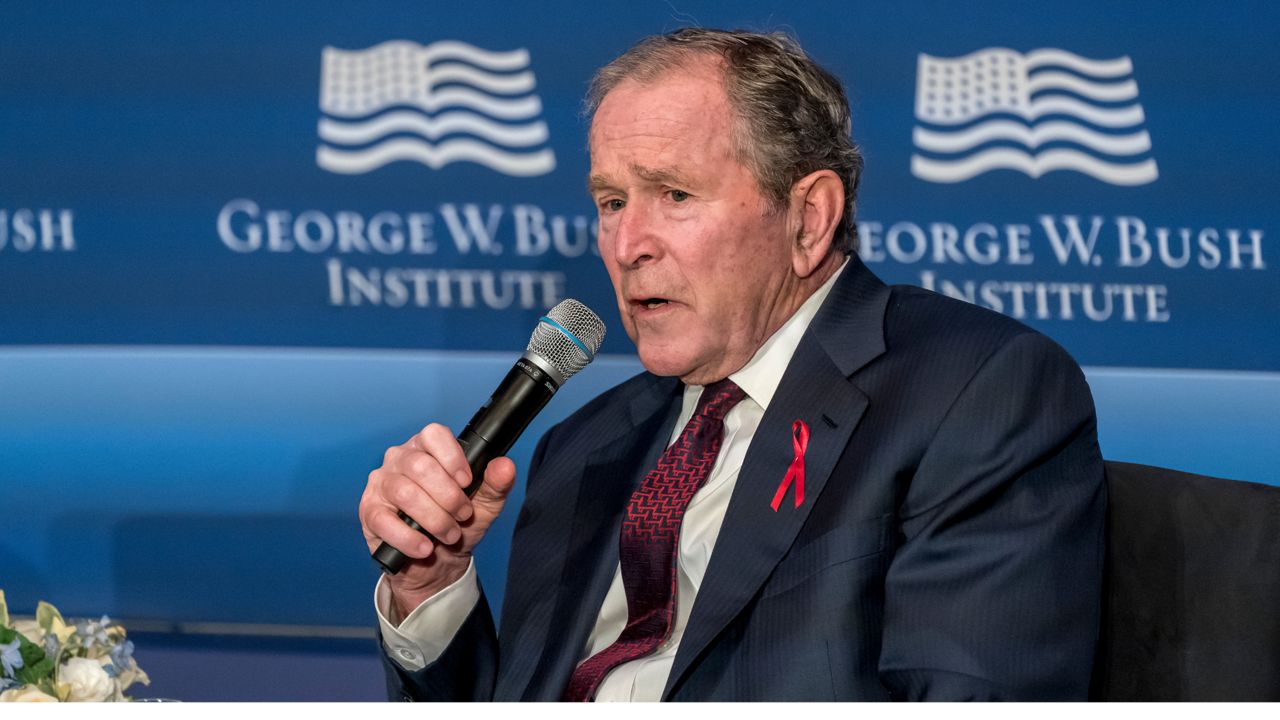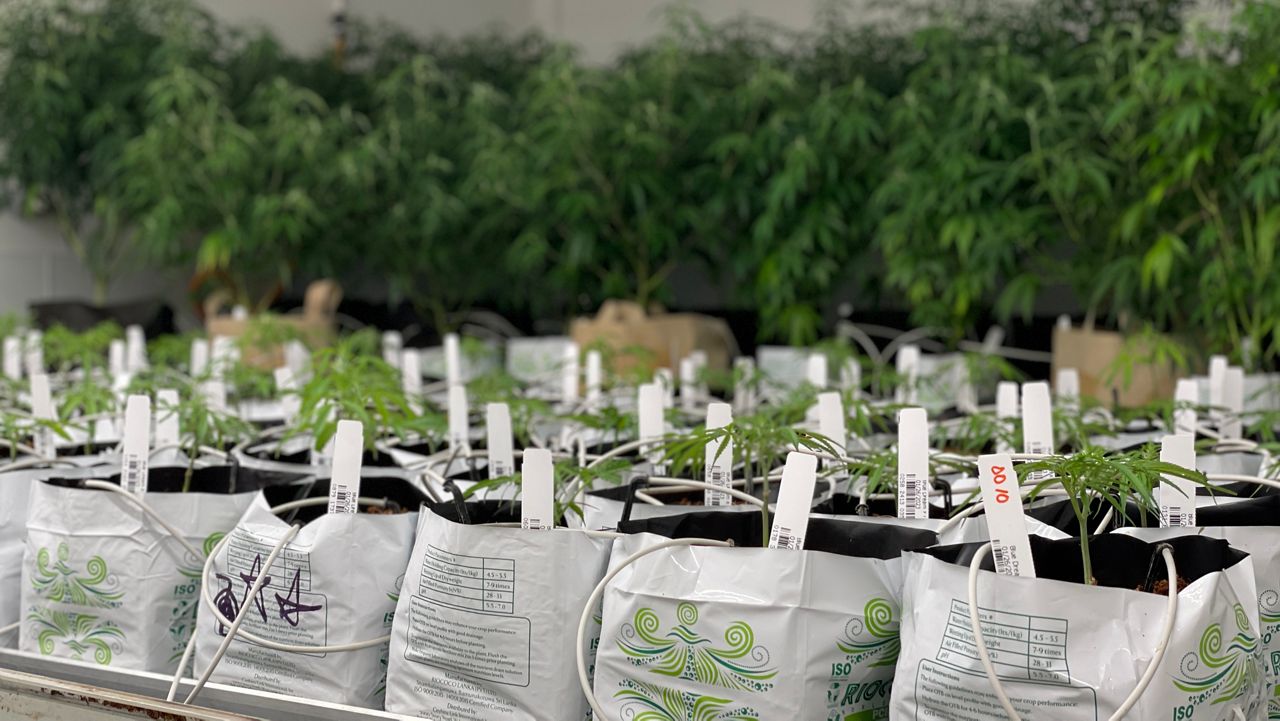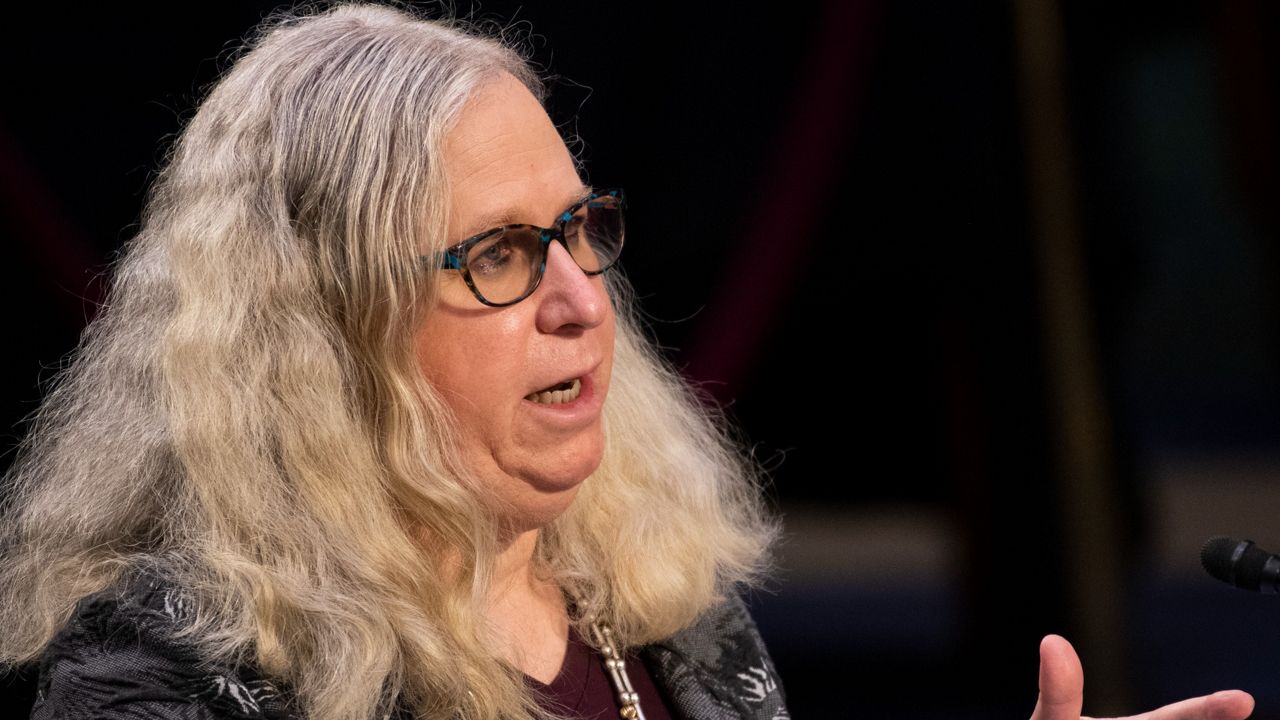AUSTIN, Texas — While farmers have always faced ups and downs like droughts, floods and supply prices tumbling, those who run smaller operations are struggling to survive.
“What’s happened to small farms is a lot like what’s happened to the mom and pop grocery store,” said Gene Hall with the Texas Farm Bureau. “Other people come in who can do it more efficiently that are doing it on a large basis. That can undercut the price that you’re forced to charge if you’re small. It’s a matter of the economies of scale working against small farms. What they’re forced to do is specialize.”
Brenton Johnson, owner of Johnson's Backyard Garden in Austin, grows organic produce on about 200 acres of land. It's an around-the-clock job, and a tough one financially. Johnson said he's had to cushion his bottom line by getting creative selling subscription produce boxes and frequenting farmers’ markets.
"The large farms that grow the majority of the commodity crops like corn, cotton, soybeans, those farms have hundreds of thousands, millions invested in equipment," said Johnson.
According to the United States Department of Agriculture, the number of farms with more than 2,000 acres nearly doubled between 1987 and 2012. Meanwhile, the number of farms with 200 to 999 acres fell over that time period by 44 percent. Small farms also accounted for just a quarter of food production in 2017, down from nearly half in 1991.
"They can't produce the food as efficiently as a large farm," said Johnson.
While a new USDA report says farm profits overall are up by 10 percent, $8.5 billion of those dollars come from Trump's federal trade aid, which offers farmers reprieve from ongoing trade disputes. That's nearly a quarter of all farm profits, which is the highest percentage of government aid to farms in a decade.
"We're not real big on government handouts. That's not how we operate. That's not who we are as farmers," said Texas Agriculture Commissioner Sid Miller.
Miller says he thinks those particular subsidies will go away once the United States-Mexico-Canada Agreement is finalized. However, Johnson says small farms aren't getting a fair share of the federal trade aid money, with most going to larger operations.
“Here again, it’s geared toward production,” said Hall. “The aid payments are designed to reinforce production.”
Click the video link above to watch our full interview with Hall.











